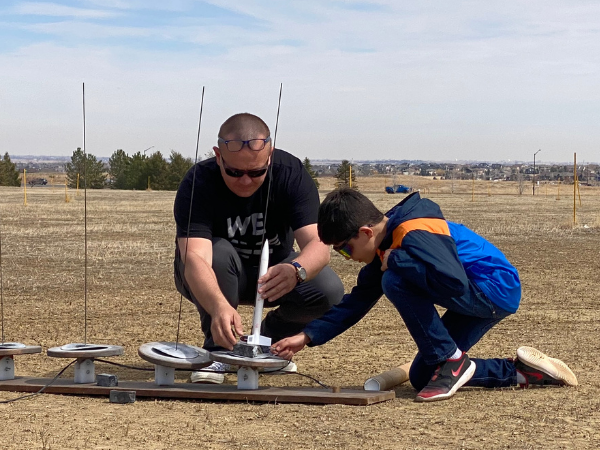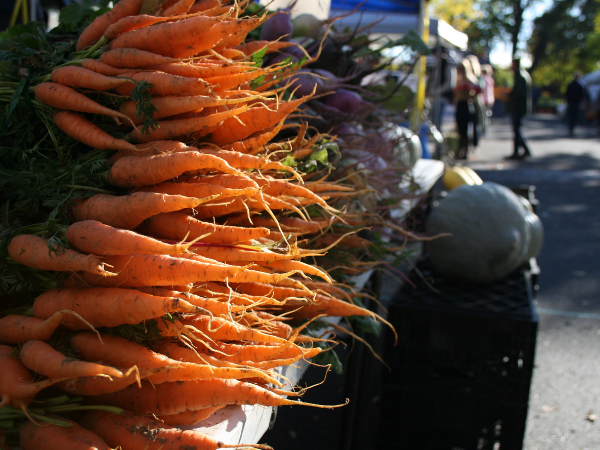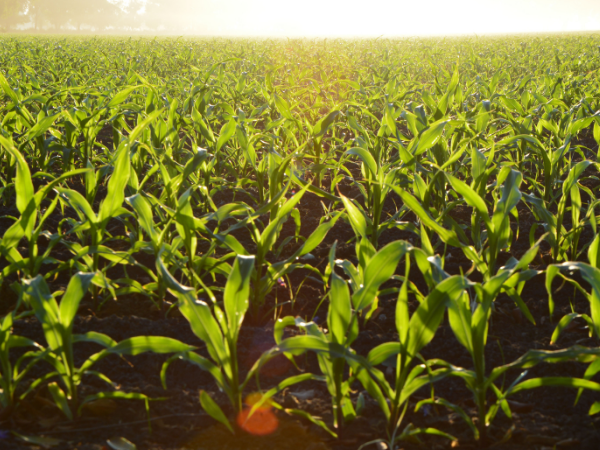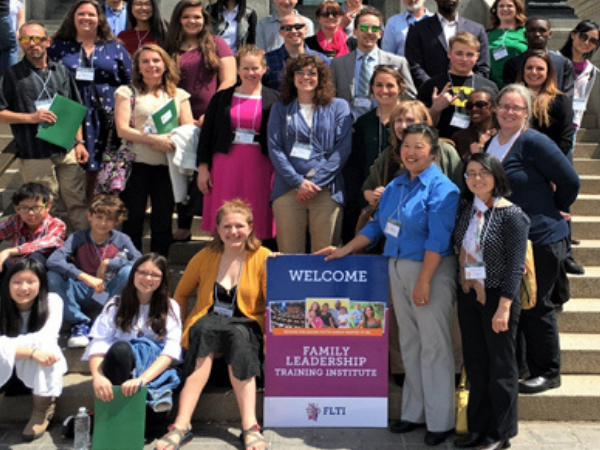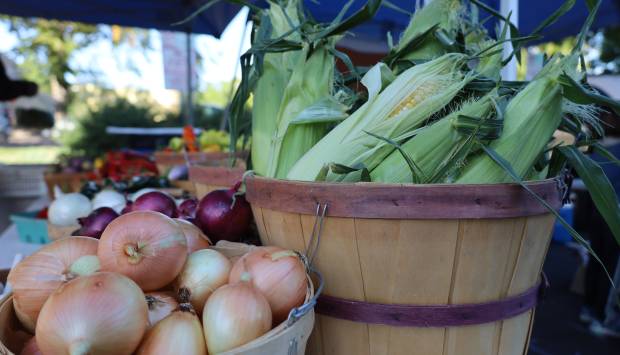A Partnership
Larimer County Extension is a partnership between Colorado State University and Larimer County.
Our staff & volunteers:
- Host workshops
- Answer questions
- Collaborate with the community
Thanks to the partnership between CSU & Larimer County, our programs are all low to no cost.
The History
For over 100 years, Extension has helped people in Colorado. In 1914, Congress created the Cooperative Extension Service. Extension does not offer formal academic courses, but rather, "useful and practical information."
CSU Specialists have expertise in:
- 4-H youth development
- Agriculture
- Health & well-being
- Horticulture
- Food preservation
- Leadership development
- Nutrition
- Water
- and more
We expand our reach by working with others. Our staff partners with hundreds of organizations, businesses, and volunteers.
Advisory Committee
Volunteers from around Larimer County sit on the Larimer County Extension Advisory Committee. Their experience and knowledge help inform our work and direction. Learn more - including how to apply.
